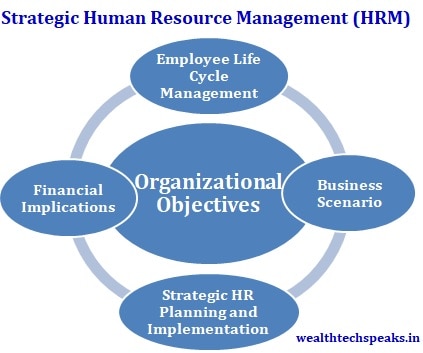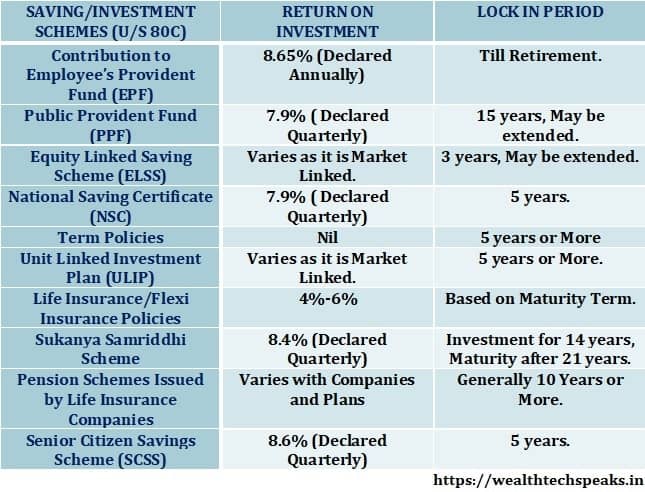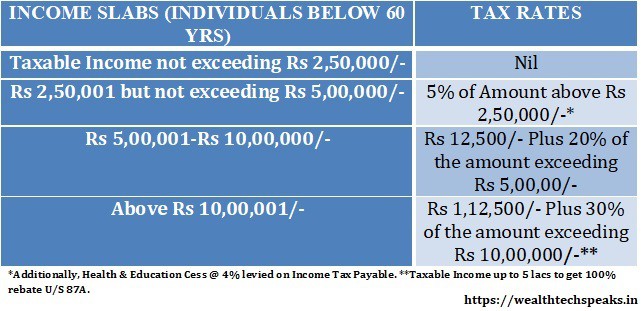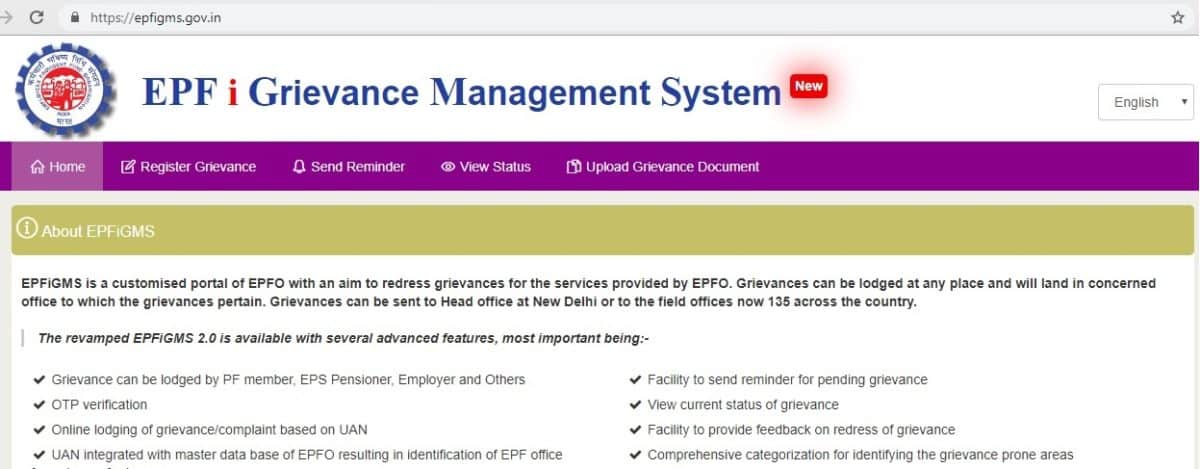
Investment Portfolio: Planning and Approaches
- Posted By Amritesh
- On May 20th, 2017
- Comments: one response
The most critical aspect of investment is choosing the right investment product for the portfolio. Most of us are confused about it and end up making a wrong choice. Now in this post we will look at the various aspects which should be taken into account while building your investment portfolio. Portfolio planning is very important because a well thought off portfolio will not only ensure capital acceleration but also minimize the investment risk. Many critical factors needs to be considered while planning your Investment.
Ideal Investment plan will look to maximize the accumulation of wealth with minimum amount of risk involved.
STEP 1: Assessment of Requirements and Needs
Even before an Individual decides on the Investment plans and type of Financial Products to be included in the portfolio. One has to decide on the tenure of Investment and also assess financial obligations which may arise in the future. This is very important because based on the requirement the Investment product, tenure along with quantum of investment could be determined. These would include factors such as Family/Dependents Medical needs, Child’s Education, Rising expenses, Better Standard of Living, Tackling any Financial debacle and ensuring Secured Life for self as well as your family members, etc. After figuring out all such scenarios one may move ahead with the plan.
STEP 2: Analyze the Market Scenario and Cost Inflation
Investment should not be done just for the sake of investing. It should be well thought off and should take into consideration the economic trends and market scenario. If an investment earns a return of 8% while inflation is growing at the rate of 10% then it implies that the investment is earning a negative return. This type of investment product is not viable for any portfolio. A sound investment should not only cover the rising cost but also should be able to upgrade the standard of living by enhancing the purchasing power of an individual. For example, If one is looking for an health insurance cover than the product chosen should be adequate to meet future necessities. Thus all these factors need to be analyzed before investing.
STEP 3: Selection of Competent Fund Manager
Portfolio Management requires a lot expertise and experience. Hence to ensure that you get the right advice and manage your investments efficiently you should avail the service of a competent Portfolio Manager. This will not only help you manage your funds better but also help you take wise decision relating to investments. Fund Managers look at your future needs and plan accordingly making optimum use of the resources available.
However, if may not be possible for everybody to hire a fund manager to manage their investment. In such a scenario one may still manage to do so on their own, by doing a little research and reading about the latest scenarios in the field of Personal Finance.
STEP 4: Choice of Investment Plans
Finally we come down to the choice of Investments which we need to add to our Portfolio. In consultation with the Fund Manager we should look at the various Financial Product include those products which would prove productive for us in the future. The investment may be made in Life and Health Insurance, Term Policies, Mutual Funds, Equities and Debts Instruments, Retirement and Pension Plans, Commodities, Fixed Return Plans and even in Real Estate. Individual has to understand his investing power, risk tolerance and future needs while planning his/her portfolio.
Must have in your Portfolio:
Term Insurance
Investment in Mutual Funds
Pension Plans
Health Insurance
Fixed Return Instruments
STEP 5: Diversification of Investments
Portfolio should be planned in such a manner that investment is fairly diversified. Diversification of investment not only helps to mitigate the risk but also ensures optimum utilization of funds. Thus Portfolio should be well diversified including variety of viable Investment products.
APPROACHES TO PORTFOLIO MANAGEMENT
Conservative Approach: Investors are averse of taking risks and try to minimize the risk as much as possible. Portfolio here is heavily inclined towards Fixed return instruments which provide guaranteed returns. The individual prefers lower return product carrying no risk as compared to higher return options carrying certain amount of risk. In these kind of portfolios one will generally find investment in Debt Funds and Bonds along with Assured Return Plans and Insurance policies (Traditional Policies) which provide modest returns without risk. It gives impetus to Fund protection over Capital acceleration.
Balanced Approach: This is the most appropriate approach under any given market scenario as here the Portfolio gets the maximum diversification and includes High return investments carrying certain market related risks along with fixed return investments and insurance cover. Portfolio will include investments in Mutual Funds, Equities, Term Policies, Insurances, and Assured return plan as well. This approach gives equal importance to Capital acceleration as well as mitigation of risk. However, such portfolio may require expertise or detailed knowledge about Personal Finance to facilitate balanced diversification of funds.
Radical Approach: Preferred by aggressive investors as they are prone to take higher risks in order to get maximum return on their investments. The investment is primarily into Equities market mainly and very little allocation is made in the debt instruments. The investments are made in Blue Chip stocks which are considered stable and promise better returns. In order to diversify the Portfolio allocation can also be made in Mutual Funds as well apart from investing in Equities, Commodities and Debt Instruments.
Investment in Real Estate and Commodities (Gold, Silver, etc) is also available to Investors irrespective of the approaches adopted as they provide alternative form of investment option.








can women take viagra Leonardo yRPGiCjgIrEGo 5 29 2022